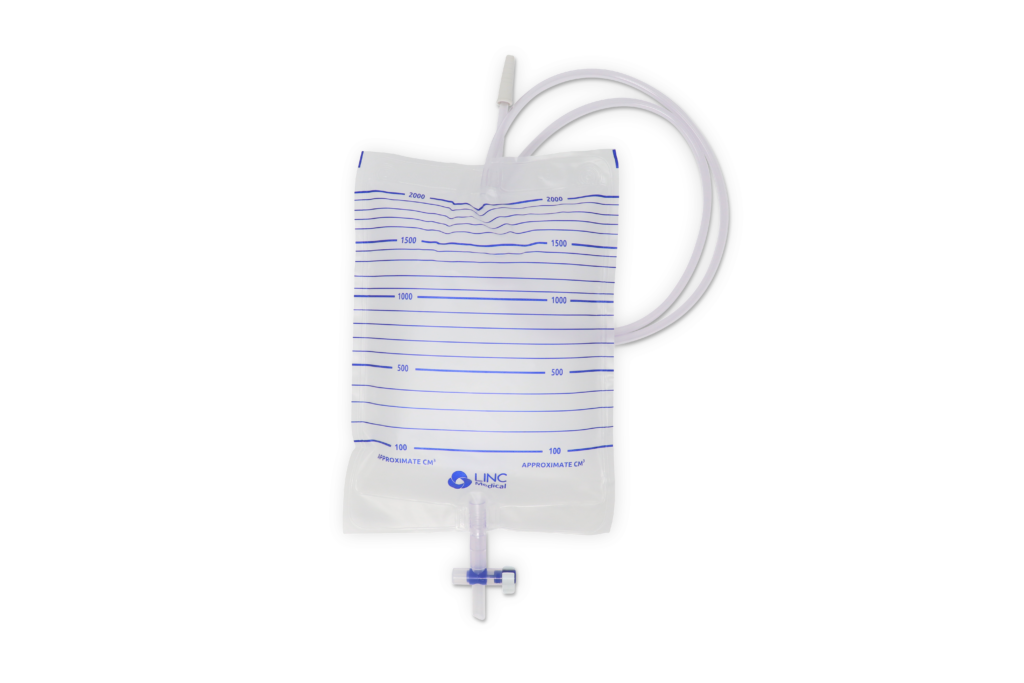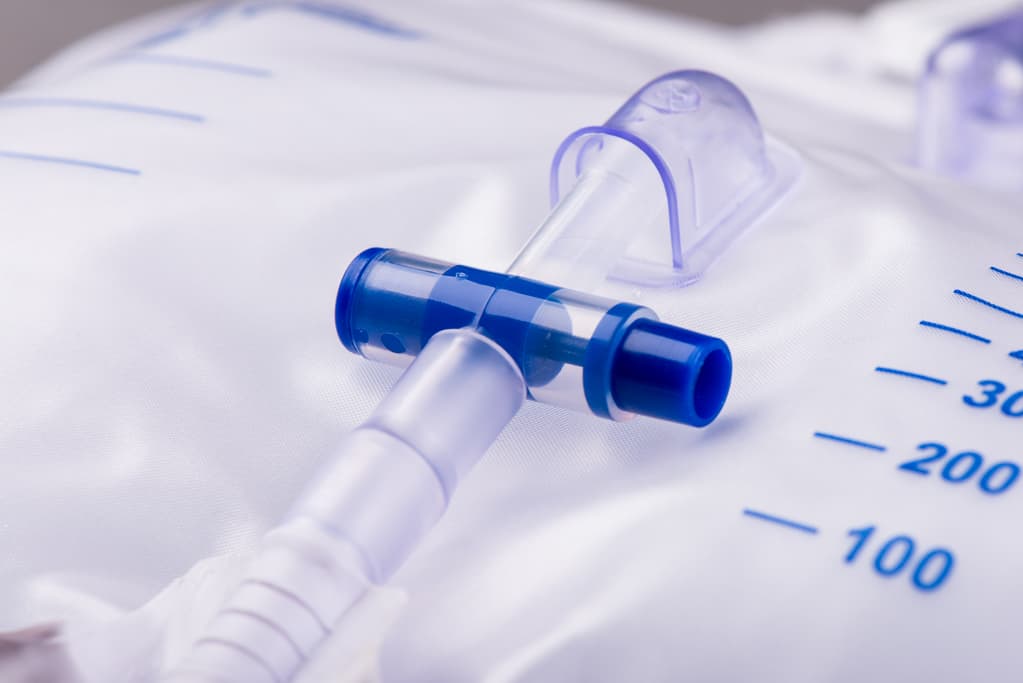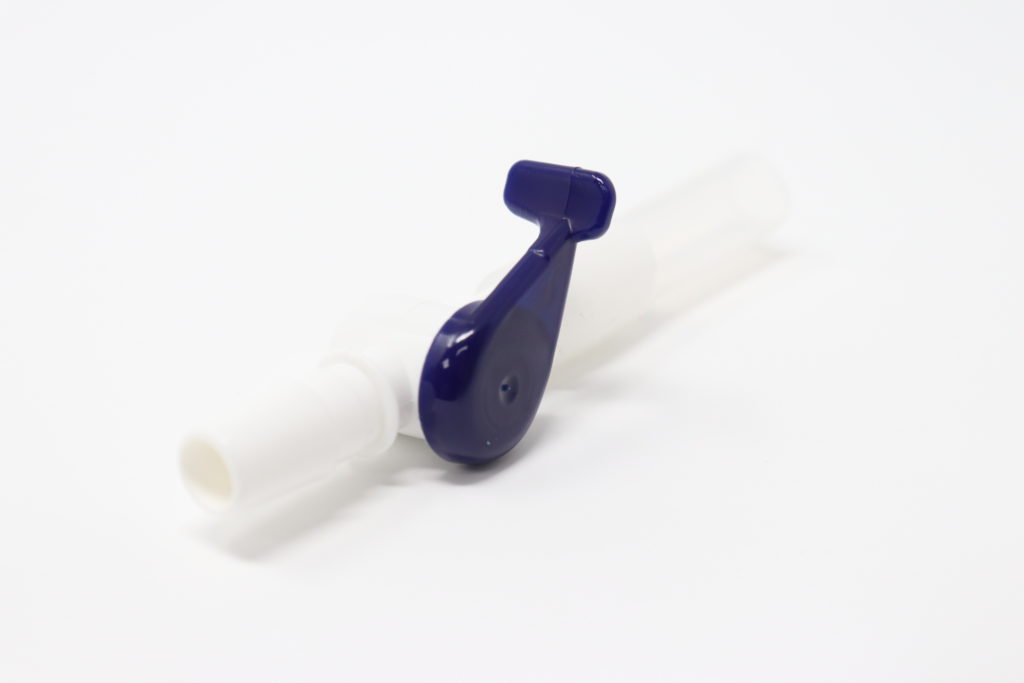What should I expect when having a suprapubic catheter inserted?
Welcome back to LINC Medical’s series of blogs designed to help catheter users and their carers. Many people are worried when they are told they need a suprapubic catheter. You may know someone who has had one or been told stories about how it feels. What is involved? Will it hurt? These concerns can cause anxiety, making your decision to go ahead with a suprapubic catheter harder to resolve. The following information should help you to understand what to expect with a suprapubic catheter and ease the process of making your decision whether to have one or not. A suprapubic catheter is a sterile tube passed through your abdomen directly into your bladder to help your bladder empty. People usually are offered one if they are unable to pass urine in the normal way although it is common to have a urethral catheter first. The procedure A suprapubic catheter is first inserted by a doctor or advanced nurse practitioner in a hospital or clinic setting. You are usually awake for the procedure but will be given some local anaesthetic to numb the area. You usually are asked to lie as flat as you can on your back and may have…
Read More







